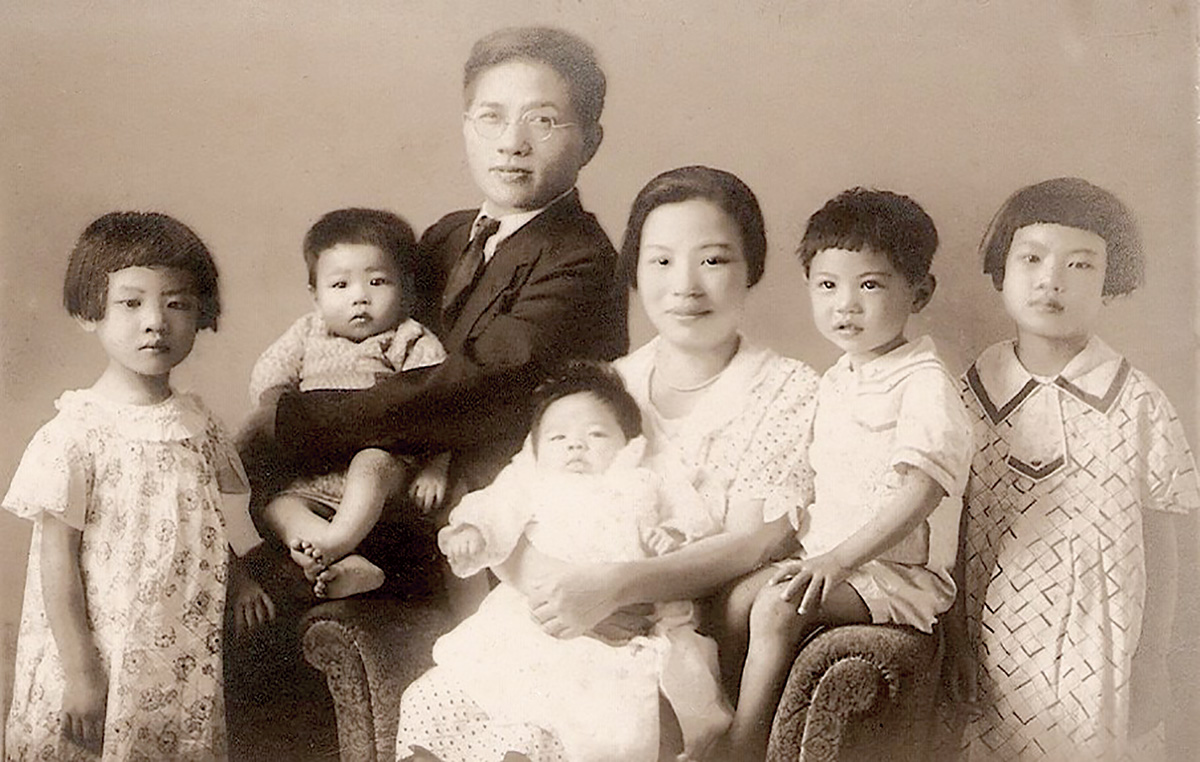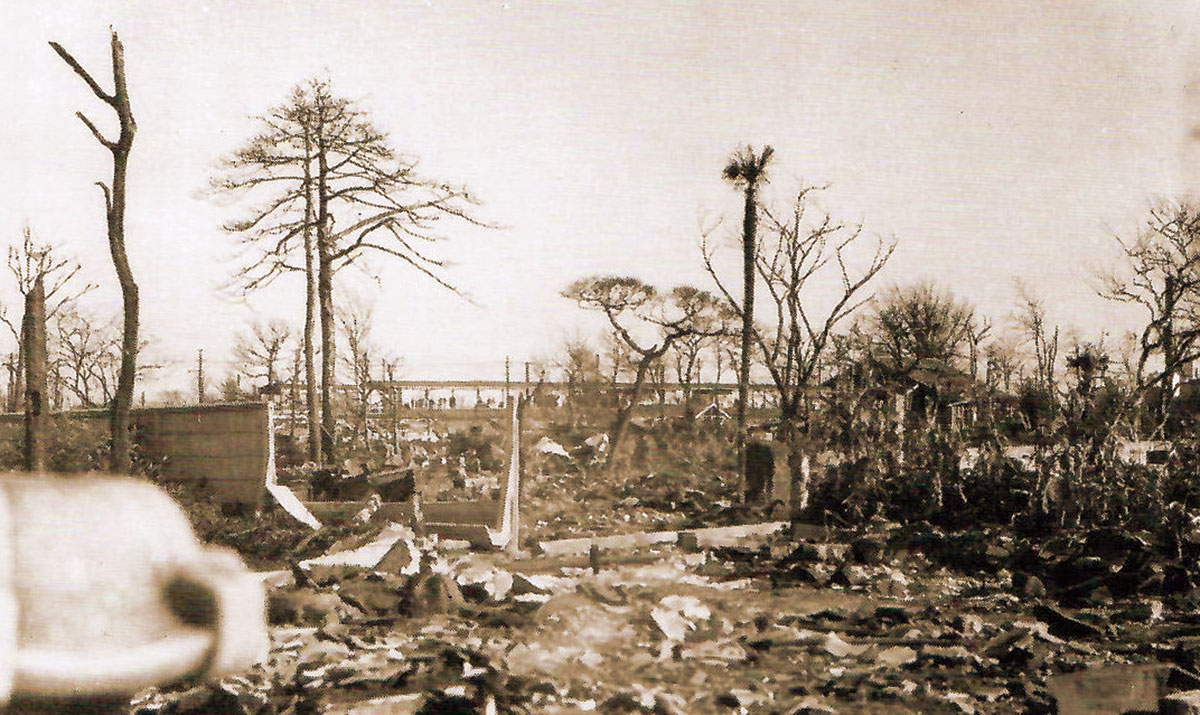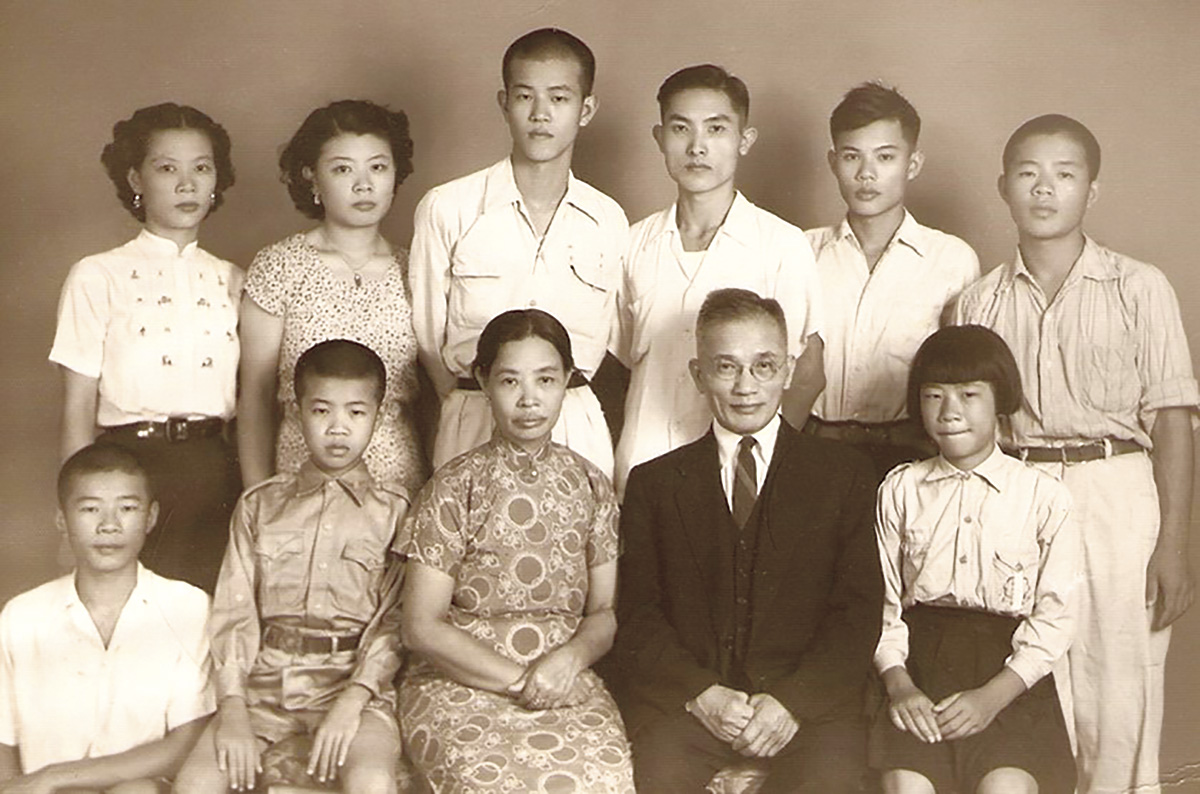Wonder Soup at Má-Se's-The Story of Reverend Koeh Má-Se【Parent-Child Reading Guide】
點閱次數:695Rev. Koeh Má-Se was born in 1892 to Koeh Hi-Sìn, one of the first locally-trained ministers in Formosa, and his wife, Tân Phín, as their eldest. A native of Shêtzŭ, Taipei, and an avid reader, Koeh was educated in the Japanese era’s public elementary school and then in Taihoku Theological Seminary (present-day Taiwan Theological College and Seminary). Upon graduation, the twenty-year-old was assigned to the Hakka-speaking congregations in Kungkuan, Miaoli. There, he amazed the flock by mastering the language in merely two years.
In 1914, Koeh left for Japan for further theological studies. While in college, he and fellow Formosan students founded a publication titledFormosan Youth, calling on new cultural thinking to achieve Formosan self-determination. In 1921, the graduating Koeh was recommended by Meiji Gakuin for even advanced studies in the United States. Despite his mission council’s strong opposition, Koeh delayed returning to Formosa and instead went successively to Auburn and Union Theological Seminaries in New York for advanced studies in theology.
At Union, where he stayed until 1927, Koeh became interested in mission work in Southeast Asia and was able to gain knowledge of Austronesian languages at the affiliated Columbia University nearby. Back in Formosa as a teacher at Taihoku Theological Seminary, Koeh tied the knot with Ms. Ia̍p Chúi-Chhiū, who sold off her dowry to fund the couple’s missionary tour of Burma, Singapore, and coastal southern China between 1929 and 1933.
 Early photo of the Koeh family. Photograph courtesy of the Taipei Chungshan Presbyterian Church.
Early photo of the Koeh family. Photograph courtesy of the Taipei Chungshan Presbyterian Church.
The Koehs moved to Tokyo in 1934 when Koeh was called to serve as director of religious affairs at the Formosan YMCA chapter there. Sometime later, Koeh established the Tokyo Formosan Christian Mission, which to expatriate Formosan students was a home away from home, where one could pick up supplies and good solid counsel. Koeh and Ia̍p, not affluent by any means, often invited the students home for nutritious meals. They were able to do so by making the most out of little, whether it be teaching their children to collect edible wild herbs, or buying offal from slaughterhouses before the Japanese butchers threw it away. The Koeh children would eventually consist of five boys and three girls: Chieko, Tetsuko, Seiichi, Keiji, Yazusō, Jinshiro, Michiko, and Chuukichi. During the day, it is not uncommon to find Ia̍p on the tram carrying the youngest on her back to accompany her husband on one of his pastoral visits.
Koeh came under surveillance after Japan and the United States declared war on each other in 1941. During those three years and nine months of hostilities, he had to report his whereabouts to the police every week. More painfully, he had watched his ninth child, a daughter named Aiko, waste away because of malnutrition after a few weeks in the world as a casualty of Japan’s dwindling resources.
The Koehs’ rented residence was destroyed after the Allied bombing of Tokyo in May 1945. It was mandated that the three Koeh boys who were in primary school evacuate with their teachers and classmates instead of staying with the family. Koeh and Ia̍p, taking the three girls and the eldest and youngest boys, sought refuge in a small church in the fishing village of Yakumo, Hokkaido. Such was the lack of provisions that the Koehs’ main sustenance was fish heads discarded by the fishermen. One month later, they moved back south to Honshu and took shelter in a church at Yonezawa, before reuniting with the three boys after the end of war on August 15, 1945. To feed themselves during the war, the children grew vegetables in the yard and caught locusts as a source of protein, while Ia̍p commuted by train to various far-flung wholesale markets to purchase culled produces.
 Where our house once stood. Toyama, Tokyo, two months after Allied air raid. Photograph courtesy of the Koeh family.
Where our house once stood. Toyama, Tokyo, two months after Allied air raid. Photograph courtesy of the Koeh family.
In April 1946, Koeh entreated a US Navy commanding officer to arrange for a transport ship to take the Formosan, mostly students, home. During the six days at sea, Koeh, according to Dr. Wada Akiko in her 1999 memoir in Japanese,The Lord’s Garden, “led the students and the sailors in worship each morning and each evening, mitigating everyone’s anxiety.”
By the end of 1946, Koeh had become the first to minister to the recently-organized Chungshan Presbyterian Church, which succeeded to the premises of Taihoku Anglican Church after its congregation was repatriated to Japan. The story goes that Koeh was able to register as custodian of the premises because he was in possession of a letter of recommendation by General Douglas MacArthur authorizing Koeh to continue ministering in Formosa with this church property. The Koehs lived in the Sunday school room, which was no larger than 130 square meters. Every week, Ia̍p and the children took it upon themselves to clean and maintain the church building and the garden, and to print church materials on a mimeograph machine, all under the watchful eyes of Kuomintang’s security apparatus. Apart from regular congregational care within and outside the church and evangelical efforts, Koeh held services for aborigines in Japanese, paid pastoral visits to the families of victims killed in the February 28 massacre in 1947 and political prisoners during the White Terror period, and sheltered families of the oppressed. Koeh also resumed his teaching at Taiwan Theological College and Seminary as an adjunct, and regularly led prayers for social justice in intelligentsia gatherings at the former Formosan Cultural Association. He offered his hand to the European and American missionaries who fled from China, and associated with the foreign diplomatic and military contingent in Taiwan, including holding Tanakh studies in Hebrew with Jewish American soldiers and their family. As the Canadian Rev. George Malcolm put it, Koeh “was a pastor for us pastors.”
 Photo of the Koeh family. Photograph courtesy of the Taipei Chungshan Presbyterian Church.
Photo of the Koeh family. Photograph courtesy of the Taipei Chungshan Presbyterian Church.
Rev. Koeh Má-Se lived to 75 years old and passed away on the job on July 6, 1966. Ms. Ia̍p Chúi-Chhiū tended to the church’s youth until her passing in 1972. The Koeh children now live in Taiwan, Japan, the United States, Australia, and Canada, to continue their parents’ work as Christians and as members of the awakened Taiwanese nation.
“Father did not command us much, other than to read the Bible and pray often and to serve humanity. What he did, however, said much, much more.”
— Koeh Tì-Hūi (Chieko, Grace), My Father
The authors would like to thank Koeh Tì-Hūi and Koeh Tiong-Kiat (Chuukichi), without whose kind assistance this book could not have been made.